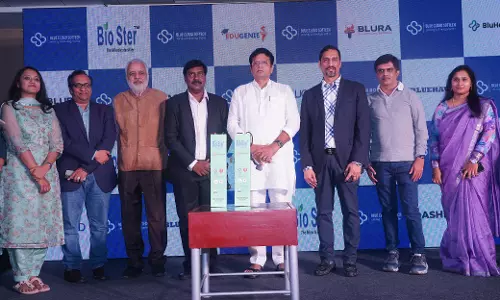Samsung's new 'Graphene ball' battery gives full power in 12 minutes
The new technology uses Graphene fused with Silica for creating small popcorn-like balls, giving more power in less time.;

As the world is moving to embrace electrical power for most activities that require burning of fossil fuel, the demand for producing better and power efficient battery technology has risen up sharply. Lithium-ion is currently the widely adopted chemical for powering batteries, which has its own chemical limitations. That is why, despite fast charging technologies claiming to top-up a smartphone in an hour, nothing has been done in the front to enable it to retain the power for longer periods. Samsung though has a solution with its new ‘Graphene balls’-based battery technology.
Samsung Advanced Institute of Technology (SAIT) along with Seoul National University’s School of Chemical and Biological Engineering developed a ‘Graphene ball,’ a unique battery material composition that enables a 45 percent increase in capacity, and five times faster-charging speeds than standard lithium-ion batteries. They achieved this by fusing Graphene with Silica to shape it in the form of small popcorn-like balls, each of which can charge faster and help in increasing the battery capacity.
Graphene is itself known for conducting electricity better than copper. Samsung discovered a way to mass-synthesize Graphene into 3D balls using Silica, which is extremely affordable. “This ‘Graphene ball’ was utilised for both the anode protective layer and cathode materials in lithium-ion batteries. This ensured an increase of charging capacity, a decrease of charging time as well as stable temperatures,” wrote Samsung on their blog.
The team of researchers behind this says that an average smartphone battery filled with these ‘Graphene balls’ can be topped-up within 12 minutes and also enable a 45 percent boost in capacity. With its stable operating temperature of 60-degrees Celsius, it could prove itself to be of vital importance to electric vehicles. And since it’s still based on lithium battery foundations, we could see it becoming a part of our lives sooner than expected.
(source)


